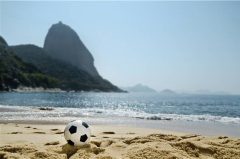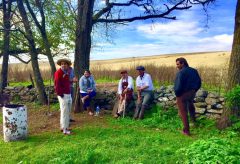Brazil’s Galápagos – A Guide to Snorkelling in Fernando de Noronha

Why you should visit Fernando de Noronha (In brief)
- Fernando de Noronha is Brazil’s answer to the Galàpagos, with practically the entire archipelago protected as part of a marine reserve and a commitment to sustainable tourism that extends to limiting visitor numbers.
- It has a staggering diversity of marine life – and much of it can be seen close to shore, including in the shallows.
- It’s got a good network of short hiking trails, leading to pristine beaches and 18th century Portuguese forts.
- Its beaches are beautifully divine, with one having been voted the best in the world by TripAdvisor.
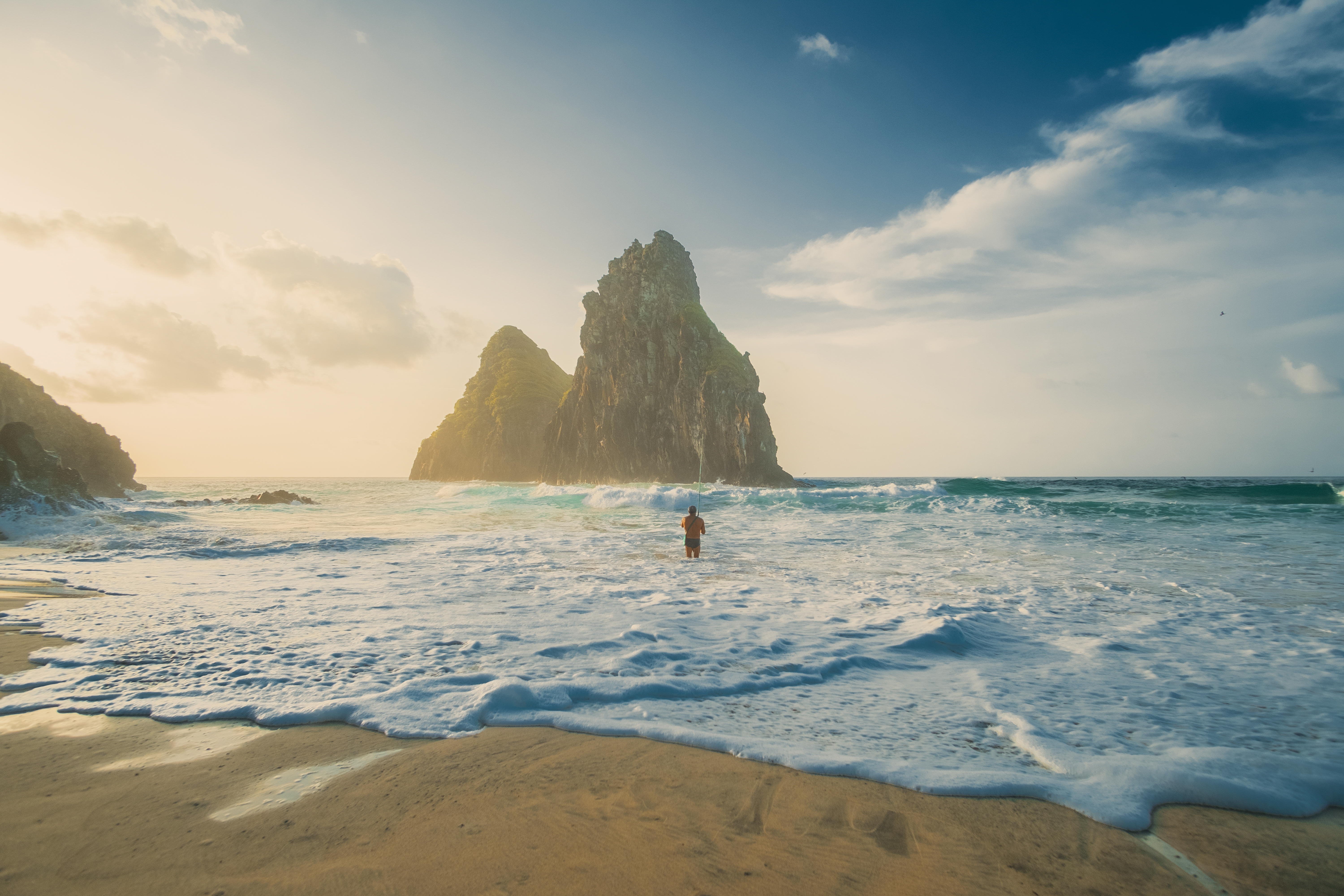
Introduction
In a beautiful country like Brazil, standing out is no easy task – yet the island of Fernando de Noronha rises to the occasion. Even among Brazilians, this island has a near-mythical status, its bucolic beaches and marine life being the biggest draw. Yet, the people of Fernando de Noronha have made judicious use of visitor number limits and conservation fees to keep the impact of tourism to a minimum.
In more ways than one, coming here is a truly special experience.
Snorkelling and other ways to see Fernando de Noronha’s marine life
If Noronha has a calling card, it’s below the waves – the surrounding network of reefs and crevices makes this a world-class diving and snorkelling site.
There’s practically every big-ticket tropical sea creature you could think of here: colourful fish swarming the corals, turtles and friendly sharks patrolling the beaches, schools of barracudas and ghostly manta rays drifting by and hundreds of resident spinner dolphins, named after their playful corkscrew-style leaps into the air.
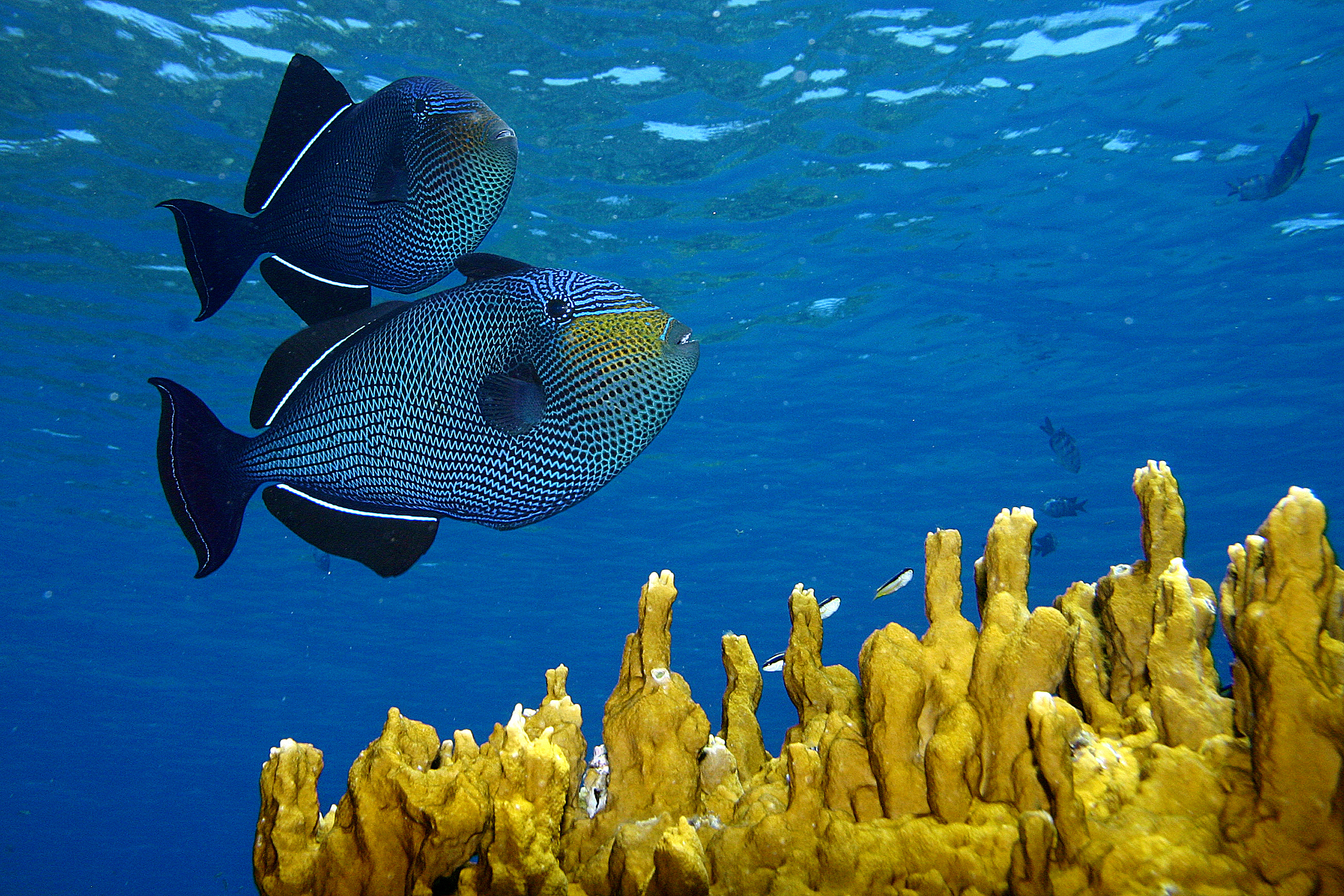
If you already have your diving qualifications, this is a fantastic place to put them into action, but Fernando de Noronha is also the perfect place to learn how to dive. The water is constantly warm and clear, with visibility of up to 30m in the dry season (August to January). For that same reason, Fernando de Noronha is also a fantastic place to go snorkelling.
There are a few different places that stand out. Praia Sueste is the best place to get in the water with turtles. You’ll be required to take a guide with you, but they will be able to take you to the best places to see them. Many of the turtles that inhabit Fernando de Noronha are hawksbill turtles, a species with a beautiful brown and yellow shell and Fernando de Noronha is, thankfully, one of the few safe havens for this species. Baby lemon sharks also patrol the shoreline, often within the paddling zone, though they’re quite harmless. Even the adults, which live further out, are known to be friendly.
Praia Atalaia is another well-known option thanks to its shallow rock pools that often trap sea creatures as the tide goes out. Many are quite large but less than a metre deep, allowing you to get quite close to their temporary inhabitants. Colourful fish, octopi and moray eels can often be found, as well as the occasional baby shark. There are some fairly strict rules around going for a swim here – no sunscreen or fins, and there is a limit of 100 people per day.
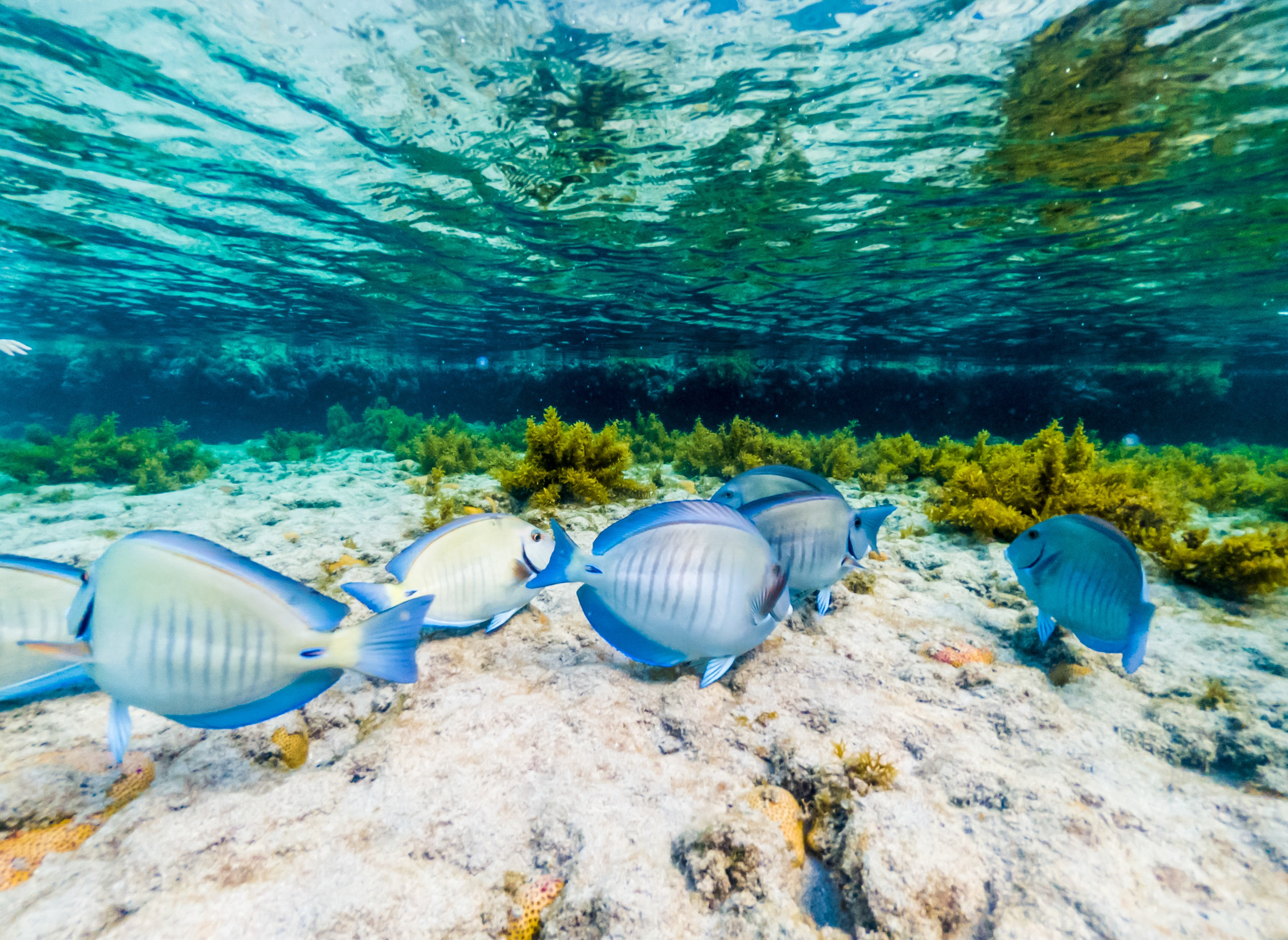
There are also plenty of boat trips you can take to secluded beaches and bays where you’ll be able to take part in a type of snorkelling with a difference. Unique to Fernando de Noronha it’s called Planasub, in which you hold on to a board towed by a boat and drift over the reefs. While you should only do this if you’re reasonably fit, the boat moves at an easy pace of 4 km/ hour.
Gear including life vests can be rented in Vila dos Remedios, though you might like to bring your own mask. Men with facial hair will also want to bring along some moustache wax so that water doesn’t leak in.
Other ways to spot marine life
Since there are hundreds of dolphins here year-round, practically every boat trip has a chance of spotting them. However, a dedicated dolphin-watching trip to Baia de Golfinhos (Dolphin Bay) will get you close to the action. The resident dolphins are a playful bunch, often getting up close to the boats and darting around as though they know they’re on show. You may even see them pirouetting into the air. Boats aren’t actually allowed into the bay, but skirt the edges since schools frequently head out to feed. You can also see them from a clifftop lookout, where local dolphin counters are sometimes on hand. Ask them for help if you’re having trouble spotting any.
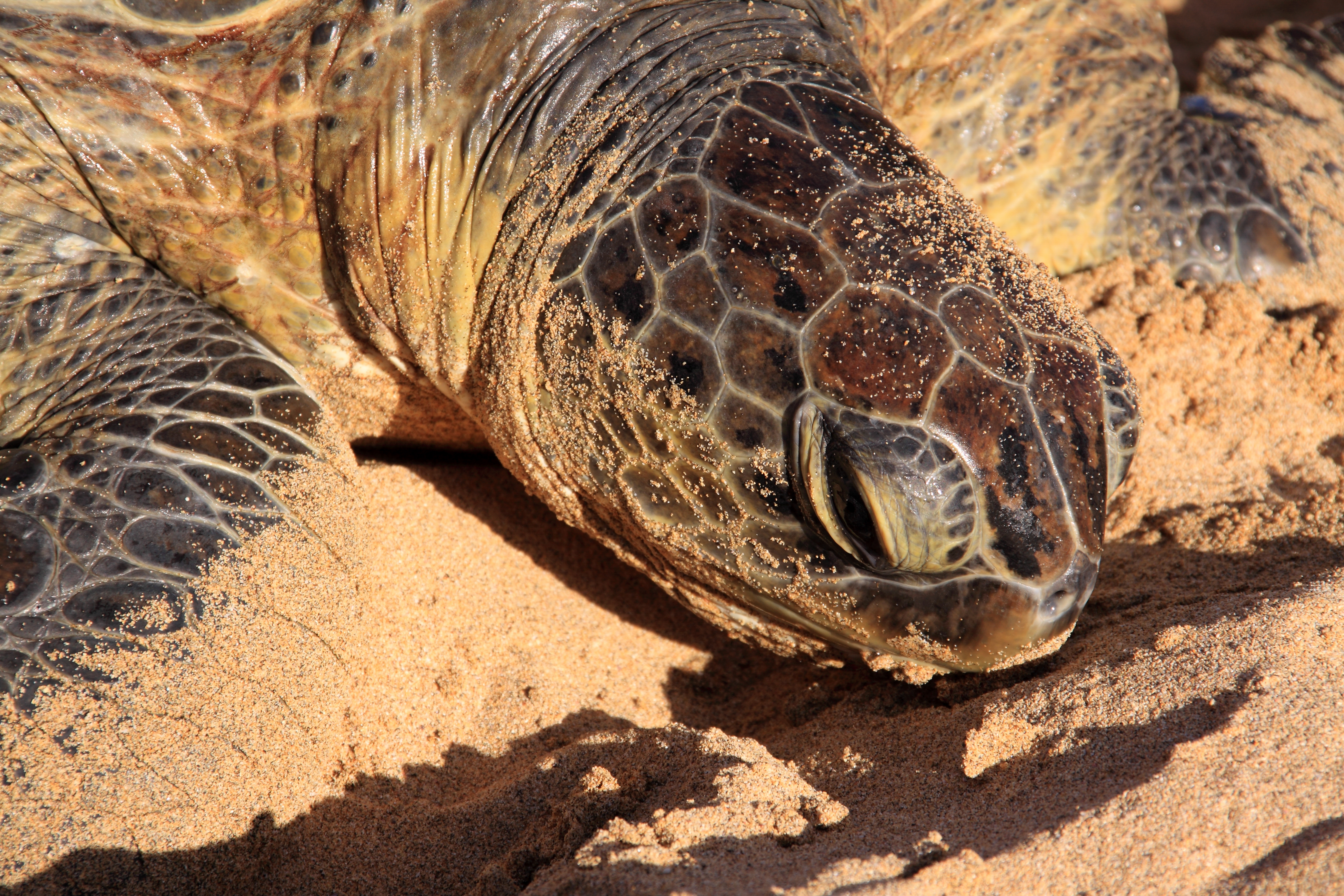
Fernando de Noronha’s isolation also makes it the perfect breeding ground for sea turtles, who lay their eggs between December and June. A visit to the conservation NGO Project Tamar is the best way to learn about these fascinating creatures, and even witness pint-sized hatchlings scurry into the ocean.
Other things to do
Hiking trails and beaches
A network of footpaths criss-crosses Fernando de Noronha, with many beaches only accessible via these. None are particularly strenuous, with most taking under 40 minutes end to end, though do bring water and mosquito repellent.
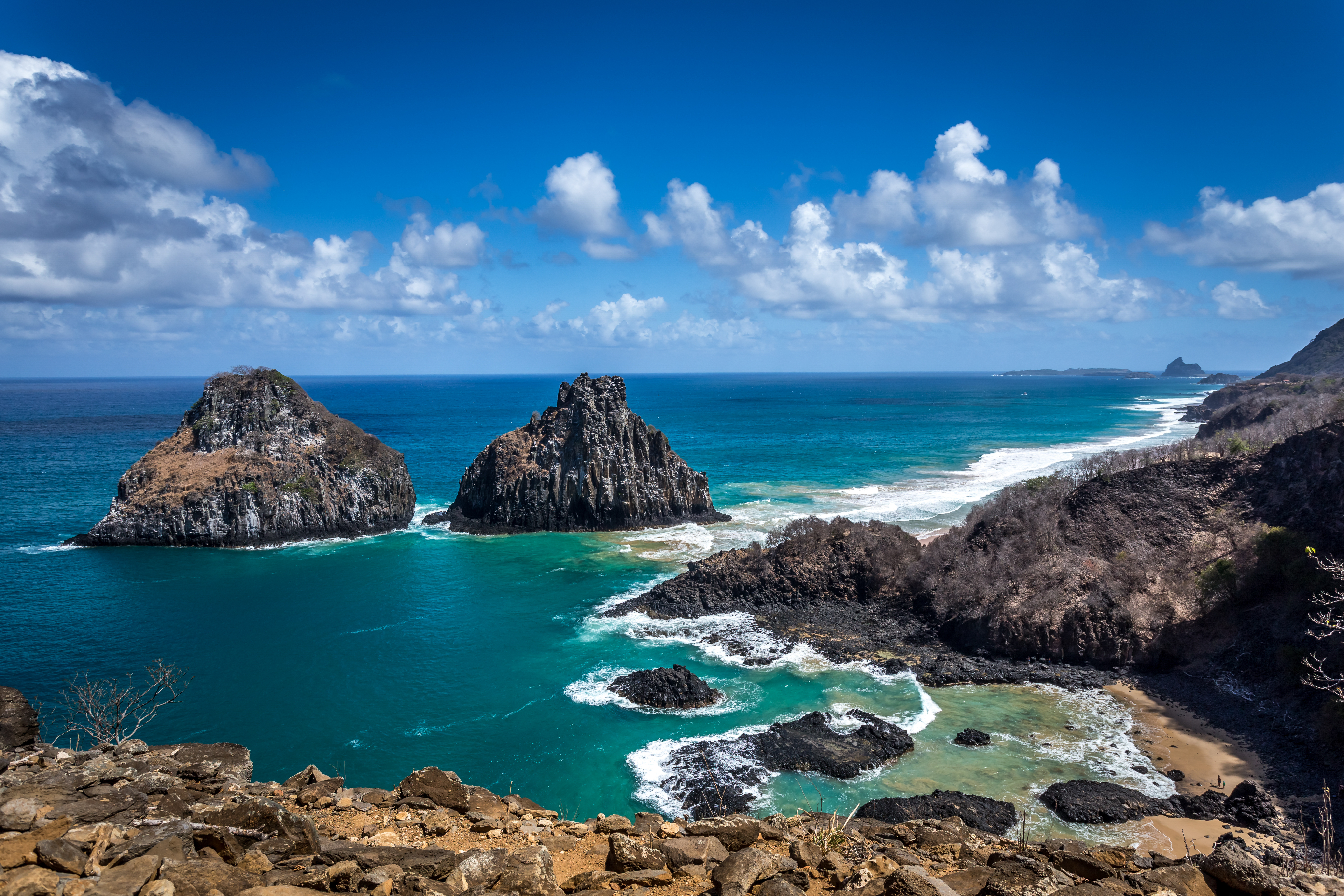
One particular circuit west of Vila dos Remedios includes all the top attractions: Baia dos Golfinhos (Dolphin Bay), Praia do Sancho, which was voted the best beach in the world by Tripadvisor, and the viewpoint over Dois Irmãos, a pair of rock formations rising out of the sea.
You can also explore the island’s trails by horseback or via ATVs –ask your pousada for help with arranging these.
Historical sites
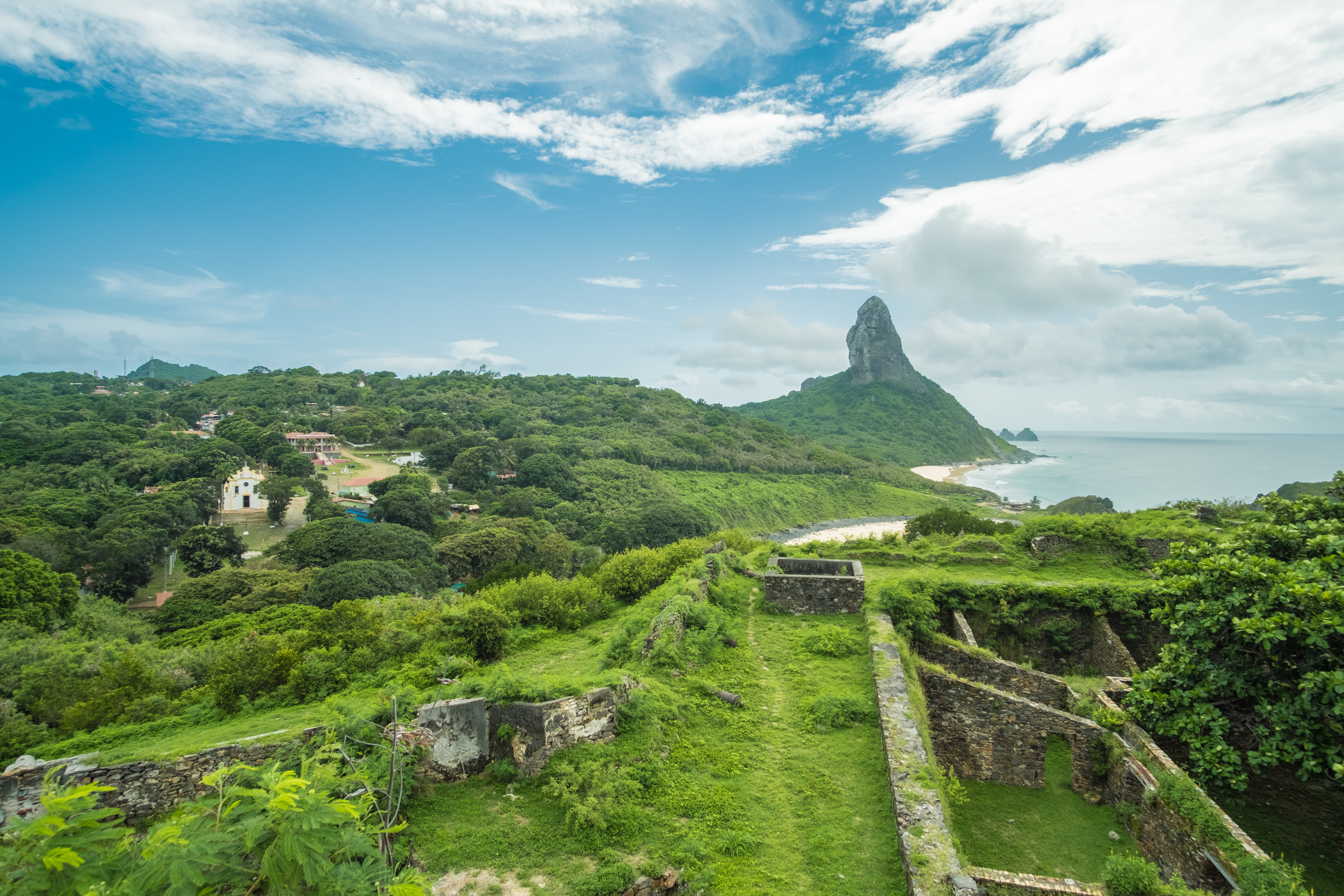
With its location, Fernando de Noronha has had an interesting past. During the earliest days of Portuguese colonisation, all produce from the mainland went through here including brazilwood, which would later give Brazil its name. Noronha changed hands several times between the European powers before the Portuguese re-asserted control and constructed several forts, the remains of which can still be seen across the island, often topped with rusting cannons. Forte dos Remedios, just outside Vila dos Remedios, is the best preserved of the lot, and has recently undergone extensive renovation.
Practicalities
As a marine reserve and national park, Fernando de Noronha takes ecotourism seriously. All visitors must pay an entrance fee to get into the park and a preservation tax starting from R$87 per day – the daily cost increases the longer you stay.
Flights operate daily from Natal and Recife, taking roughly an hour and a half. Fernando de Noronha is also an hour ahead of the northeast Brazilian mainland. Since it will take you a while to get here from the UK, it’s definitely worth exploring more of northeast Brazil on your way – some of Brazil’s best old towns and a collection of otherworldly national parks are located here.
Most of the accommodation and amenities are to be found in Vila dos Remedios in the northeast – though, as with everywhere, the pace of life here is glacial, and the town takes little more than a few minutes to get out of before you’re surrounded by beautiful countryside or sunning yourself on a beach.
Top places to stay
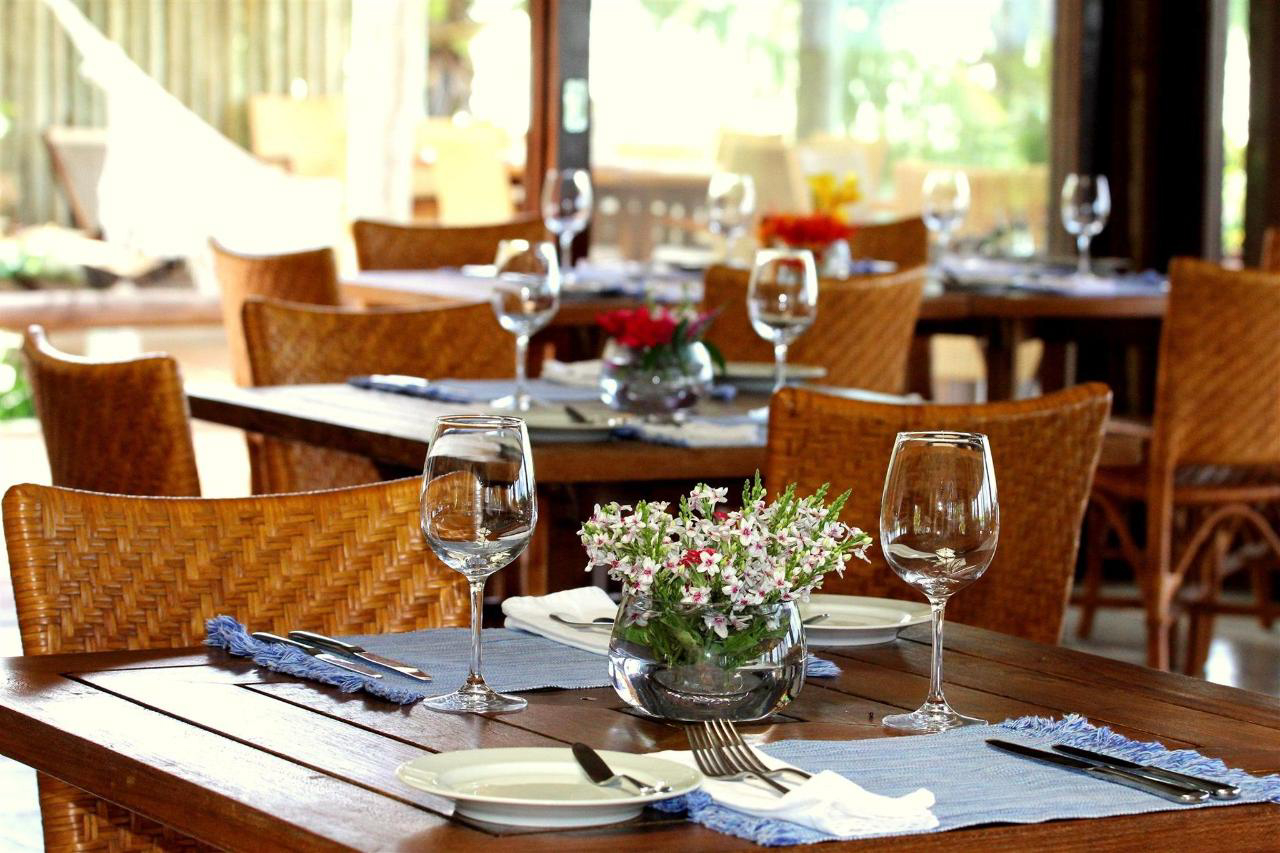
This low-impact chic pousada on the south coast is the island’s most luxurious property, yet still retains its welcoming character. With its low rise, open plan design, you’re constantly treated to views of Fernando de Noronha’s unspoilt scenery – whether you’re enjoying some respite from the sun in the infinity pool or enjoying some of the work-of-art seafood on offer at the restaurant.
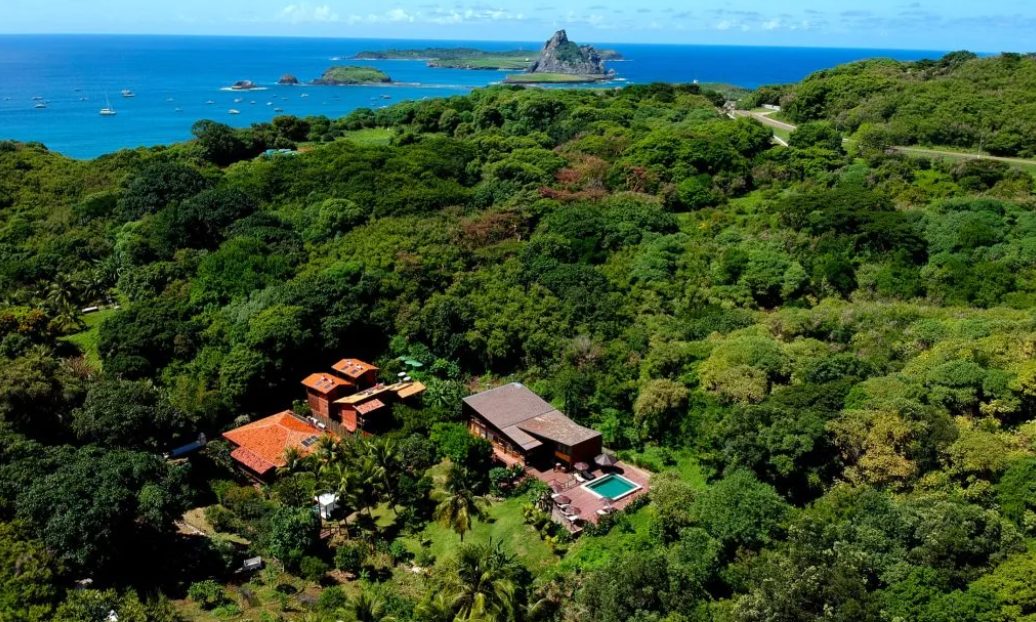
Much closer to Vila dos Remedios, though still in the middle of lush forest, is Pousada do Vale. Everything it does stays true to its tagline, “where nature and hospitality meet”. It’s the kind of place to find yourself enjoying a massage or a technicolour cocktail while listening to the birdsong and the breeze.
Ready to start planning your ideal trip? Get in touch with one of our friendly experts, or read more of our articles on Brazil for more inspiration.
Tailor-made holidays
Flexible, custom-made holidays to Latin America created to match your exact requirements: our tailor-made itineraries are as unique as the clients for whom they are designed.
Design my tripPapagaio
Your edit for Latin American inspiration
Our exciting range of articles on Latin America explore everything from iconic destinations and lesser-known cultural gems to delicious traditional recipes. You’ll also find exclusive travel tips, first-hand client reviews and the chance to get your personal questions answered by our travel experts.
View Extraordinary Inspiration
